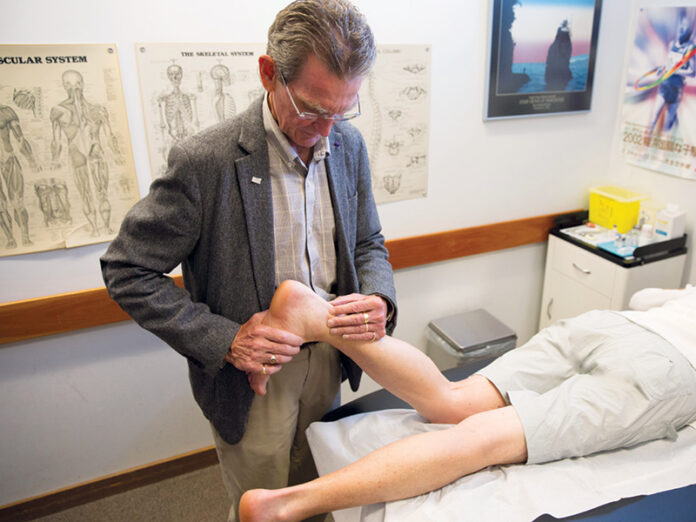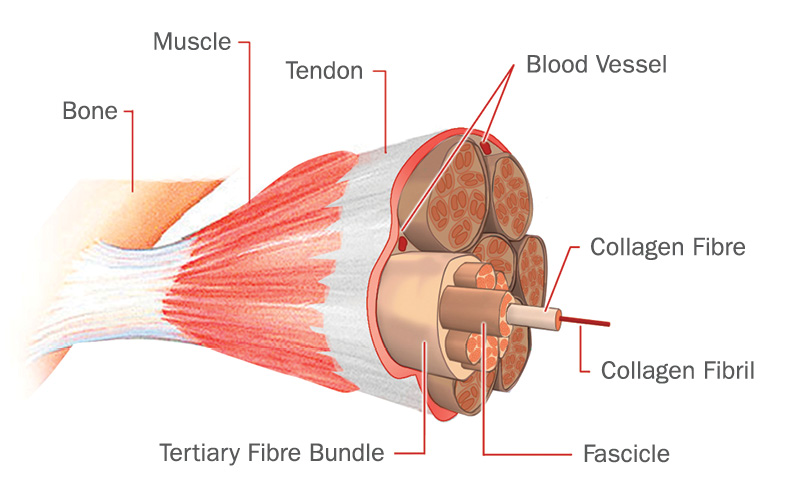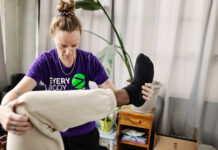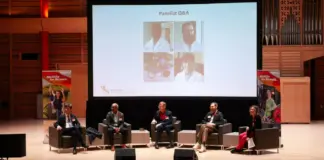
A regenerative cell therapy is now being tested on people suffering from chronic Achilles tendinosis at the Sport Medicine Clinic at the University of British Columbia.
Clinical researchers are testing a treatment developed by RepliCel Life Sciences called RCT-01 which is manufactured personally for each patient using specialized cells isolated from their own hair follicles. Several weeks after the collection of a single-suture biopsy taken from the back of the patient’s scalp, the product, a suspension of their own cells, is injected, under ultrasound guidance, into the injured tendon to promote its repair, restore function and eliminate pain.
It is exciting that following nearly 20 years of tendinopathy research, the medical community, at last, may have an answer for patients with chronic tendonopathy which current treatments simply cannot address.
Achilles tendinosis is a painful overuse injury that affects the lower leg. Often caused by a cycle of injury, improper healing and re-injury, chronic tendinosis is an accumulation of micro-tears which leads to structural degeneration of the tendon associated with weakness, loss of function, chronic pain and susceptibility to re-tearing and further injury.
Physiotherapy and dextrose injections are the most common treatments, but often don’t heal all the microtears. Up to 30 per cent of patients don’t satisfactorily improve despite following the prescribed protocols.
This is where the injection under ultrasound guidance comes into play. RCT-01 is a cell therapy product made from fibroblast cells that express high levels of Type I collagen — the key and missing ingredient needed to permanently heal the micro-tears and fully repair the tendon. In an injured tendon, these fibroblasts (or tenocytes as they are called when resident in a tendon) are simply exhausted and incapable of the Type 1 collagen production needed, or lay down the weak Type 3 collagen highly susceptible to re-tearing. RCT-01 is an ultrasound guided injection of fresh fibroblasts highly expressive of the Type 1 collagen needed to permanently repair the tendon and return the patient to full function.
RepliCel plans to expand clinical testing of its product to other areas of tendinosis (e.g., knee, elbow, etc.) as well as investigating both the treatment’s long-term durability and its potential to treat the more acute and inflammatory tendinitis, which often precedes the chronic condition.
To learn more, visit www.tendonstudy.com.

Inside Tendons
Tendons attach muscles to bones. A healthy tendon is comprised mostly of water and collagen. It is collagen that allows a tendon to flex and stretch.
Individual collagen fibrils arrange themselves into bundles that are called collagen fibres. These fibres are arranged with other fibres to form a fascicle which groups with other fascicles to form a tertiary fiber bundle.
Tertiary bundles grouped together form the tendon itself. Contained in between the tertiary bundles, fascicles and fibrils, are nerve fibres, blood and lymph vessels.
A cross section of a tendon shows a highly organized pattern of structures which reflect the function of the tendon. Tendon injuries can be caused by factors such as age, bodyweight and nutrition.
Tendinitis is a tendon injury that is quick-onset, or acute, and is associated with pain and swelling. Tendinosis is the accumulation of small tears in the tendon structure over time with little, if any, inflammation. In chronic Achilles tendinosis, pain and reduced function are part of a worsening cycle of healing and re-injury.
















